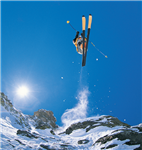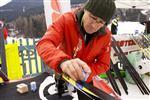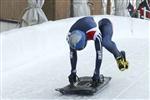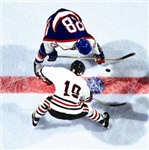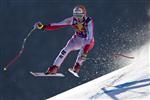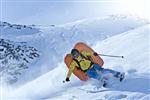
The 22nd Olympic Winter Games in Sochi would not happen without plastics: in the 92 different disciplines, polymers are omnipresent – and they are often the decisive bit. From alpine skiing to biathlon or toboggan, sport people and equipment have to deliver the best performance. To ensure the best results, the material used must be top quality. Nowadays, no winter sports equipment, no winter clothing nor shoes can do without plastics. This is true for Olympic athletes but also for all those playing sports in their leisure time.

